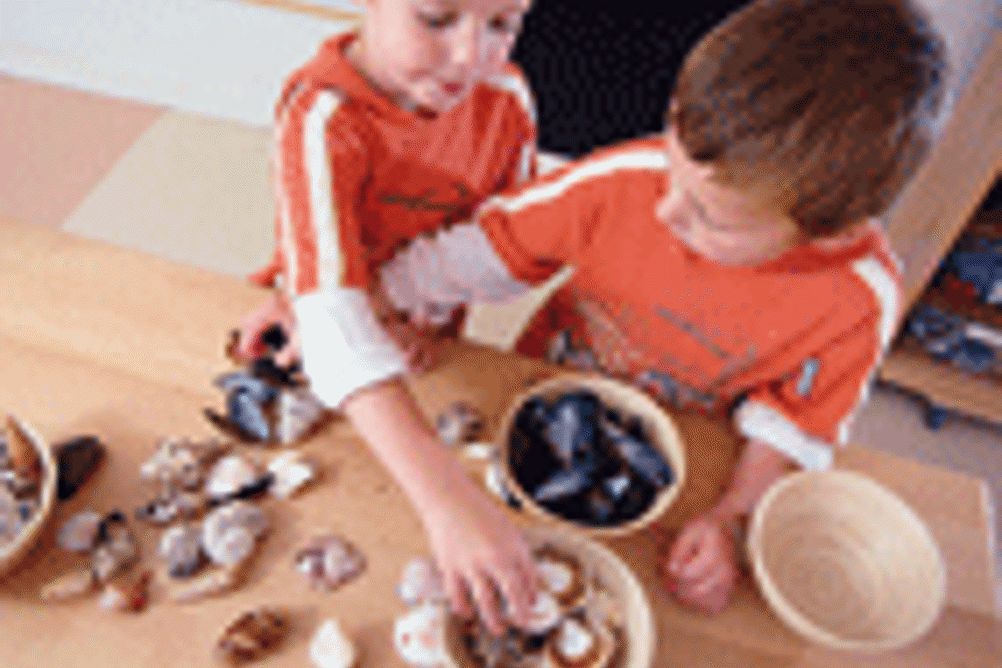
Sorting, comparing and ordering are ways in which human beings organise information. Young children need to build up lots of experience of organising objects so they can develop abstract ideas of ways of categorising the attributes and functions of things in the everyday world. This helps them see connections and relationships between ideas.
As children experience different materials, experiment with their surroundings, sort out what they want to play with, and talk about these things, they notice similarities and differences. These similarities and differences form the basis of classification, and this is the basis of developing logical thinking.
When a child sorts through a collection of objects and finds all the buttons, they are forming a classification for 'buttons'. This is not as easy as it sounds - buttons may share no single characteristic other their function. Buttons come in various forms (with two holes or four, with a shank, as a toggle), shapes (square, round, oval, novelty shapes), materials (wooden, plastic, bone, metal), and they come in all shapes and sizes.
Register now to continue reading
Thank you for visiting Nursery World and making use of our archive of more than 35,000 expert features, subject guides, case studies and policy updates. Why not register today and enjoy the following great benefits:
What's included
-
Free access to 4 subscriber-only articles per month
-
Unlimited access to news and opinion
-
Email newsletter providing activity ideas, best practice and breaking news
Already have an account? Sign in here









